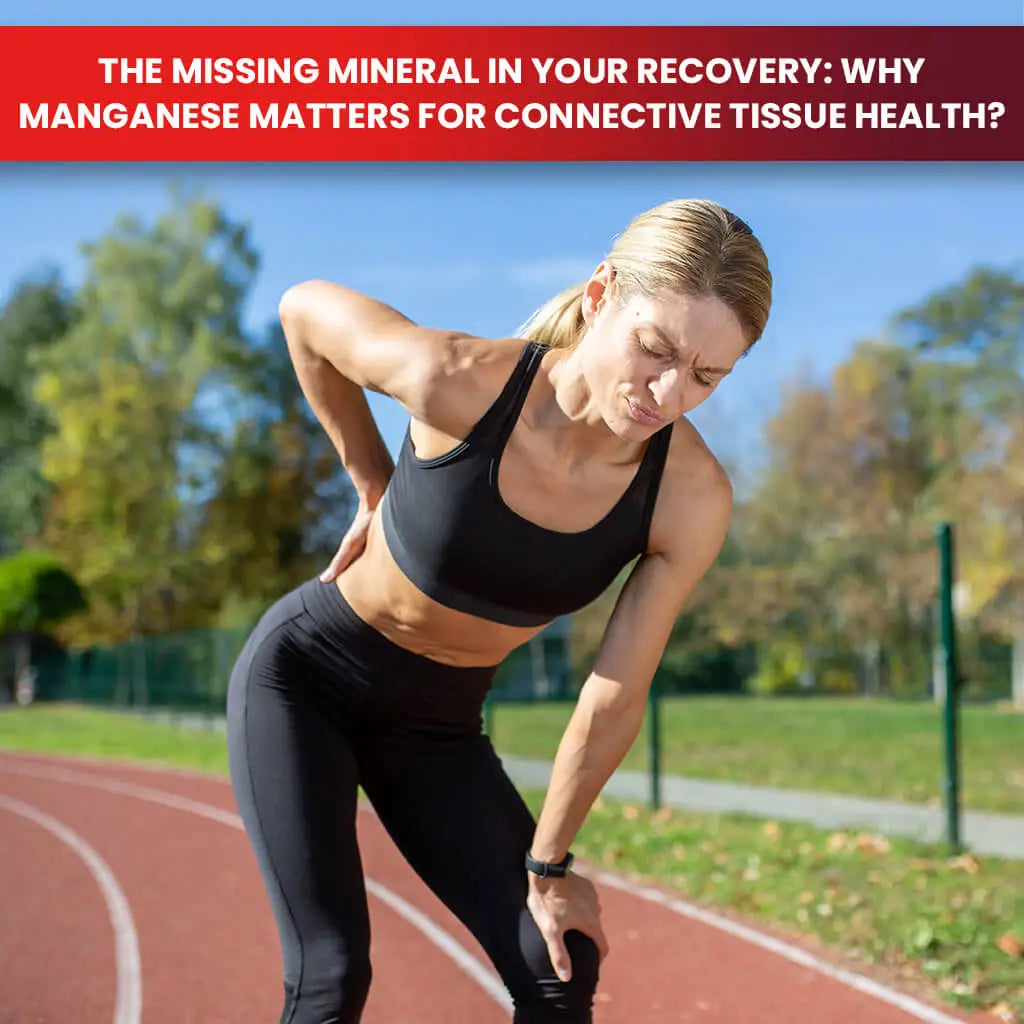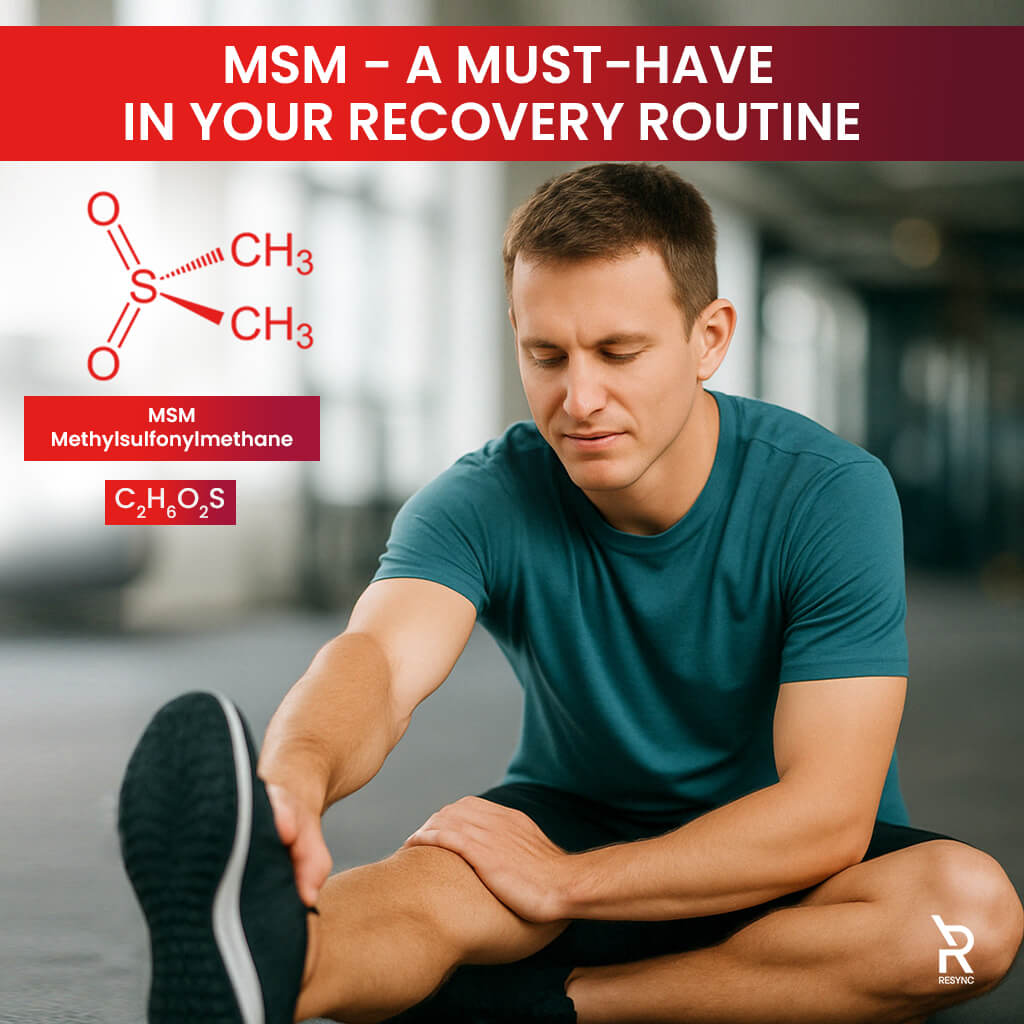
Taking a breath between the Olympics and the U.S. Tennis Open, let me take a moment to talk about how nutrition can help common tennis injuries. With its incredibly high intensity, injuries are all too common in tennis, and constant smashing balls across the court after a hiatus can increase your risk for injury.
Beyond rest, commitment and focus, I want to share some of the nutrition strategies for reducing tennis injuries and recovering faster from them.
What Are The Most Common Tennis Injuries?
A survey of elite Wimbledon athletes shows that 1 in 50 sets results in an injury. More down-to-earth players have a lower rate — ranging from 1 injury per 350 or so hours to a modest one injury over 20 years. That said, being a novice in any sport ups your risk of injuries because of a lack of coordinated movement and connective tissue strength. Therefore, if you take a break and jump back in too quickly, your musculoskeletal system may not be conditioned to do what you used to at the peak of last season.
Tennis injuries are typically at the knee, foot, wrist, shoulder, and lower back. According to surveys, the most common tennis injuries are:

Do you know what I see in every one of those?Damaged and unsupported collagen connective tissue, affecting your soft skeleton. Few people understand how vital the health of your collagen is for preventing injuries, promoting musculoskeletal recovery, and optimizing performance. Even fewer recognize the link between what you eat daily and your connective tissue health.
Both of these — collagen and nutrition — are hugely important in any sports, including tennis, but at times there are some things outside your control that affect your injury risk.
The level of collagen in your tissues gets lower as you age, just like the rate of tennis elbow injuries increases with age. Excessive sugar leading to chronically raised blood sugar causes advanced glycation end products, which make your collagen tissues more brittle and slower to heal. Hormone levels, activity levels, and types of movement also play a role in making your connective tissue system resilient to injury.
So, let's look at what you can fully control: your diet.
Nutrition for Tennis Injury
Essential nutrition for a tennis injury means:
1. Getting more of what you're lacking, aka setting a solid nutritional foundation, and
2. Getting enough of the specific nutrients that you need more of due to an injury.
Setting a foundation that limits sugar and processed foods emphasizes lots of key colorful plants.
We've covered how to eat healthy in a few articles.
Check out these two for more:
Once your base is set, the most important nutrients for healing and tendinopathy are the building blocks, supportive nutrients, and the regulators of the process.
Building blocks are the base materials your body uses to construct new tissues. Supportive nutrients are the cofactors necessary to make that building process happen right. The regulators include the broader inflammatory and hormonal environment that regulate where you are in the healing process.
Best nutrients for connective tissue injury:
Depending on the tissue, you'll need specific nutrients. Also, depending on where you are in the healing process, some nutrients are more critical than others. If you want that kind of granularity, as well as some of the best foods and recipes for connective tissue health, sign up for our free class on nutrition and connective tissue health. The Resync CEO has been studying nutrition and connective tissue health before she started the company and with her team offering the highest quality recovery supplements on the market. In our upcoming online course, we cover everything on nutrition for connective tissue health and translate it into practical takeaways and resources you can use for yourself or your clients if you're a health professional. We wanted to bring together some of the incredible nutrition strategies we've seen in research all in one place as our mission is to help you live a healthier life.
Check out our free class here and sign up for our newsletter to get early access to our course!
Register below - Click here to learn more
Chronic vs. Acute Tendonitis
It's a blurry line that divides acute tendinitis and chronic tendinosis. I suspect that most cases of tennis elbow are a combination. Tell me if this sounds familiar: there's an initial ("acute tendinitis") injury that doesn't heal properly, which becomes a long-lasting problem ("chronic tendinosis") that flares up as an "overuse injury" occasionally?
So if you've been hit with an injury, you can support your body's process to deal with the damage — and if you don't, by delaying the process with painkillers, for example, you may be setting yourself up for prolonged injury. First, inflammation is necessary to clear out damaged cells. Then, once the pain and redness start to reduce, your body starts to resolve inflammatory signals to replace the damaged structures with new scaffolds. Then, extending out for months comes the remodeling and rebuilding process.
As an acute injury resolves, you need to support your body's natural processes with anti-inflammatories and the building blocks and the supportive nutrients that your body needs to lay down strong, resilient tissue.Chronic tendinitis also requires significant support via building blocks and inflammatory regulators but takes a multi-pronged approach that includes physical therapy, mind-body practices, and targeted treatment.
NSAIDs and Anti-inflammatories for Tennis Injuries
Many people who get ankle or elbow pain after a match reaches for a painkiller. Unfortunately, NSAIDs are the go-to, but these over-the-counters delay the healing time and hurt your connective tissue strength long-term.
Painkillers treat the symptoms, not the problem, and then set you to need more of them without addressing the underlying issue. The worst part is that they slow down the inflammation process necessary for healing from a musculoskeletal injury. I always stress for people with a typical tennis injury to pay attention to that pain, not block it out.
Whether your pain is dull and achy, throbbing, sharp, radiating, or associated with any particular event's movements, can tell you a lot about the injury. Focus on that pain to get to the root. Natural plant-based ingredients and a supplemental source of collagen can do wonders for tendons and ligaments and every other layer of your connective tissue. Not only are these strategies informed by thousands of years of use, but they are confirmed by the best of recent research.
That pain is there for a reason, so honor your body and listen to what it needs.
Beyond Nutrition: The Physical Side of Healing
Healing from a connective tissue injury is much more than just getting the proper nutrition from the right foods at the correct times. An injury is biological and mechanical, so besides supporting your biochemistry with the right foods, you've got to help proper mechanics with the right movements.
Fascia is a connective tissue found throughout your body, but it doesn't get the attention it deserves. It connects your other tissues, including your muscles, and transmits mechanical and hormonal signals throughout your body. You need healthy and pliable, not sticky fascia for effective physical therapy (and any effective post-workout recovery routine).
Fascia is arranged in sheets that are supposed to glide against each other with almost no friction. It's when you're dehydrated, not nourishing yourself, not getting enough exercise, or when your fascia is injured (certainly underdiagnosed, in my opinion) that causes your fascia to become "sticky." This stickiness refers to the fascia adhesions that cause pain, stiffness, and limited mobility.
Fascia has been shown to play a crucial role in transmitting the signals from your nervous system, immune system, and lymphatic and circulatory systems to each connective tissue. So what does that mean to you?
If you don't have a daily movement routine — I'm talking about more than just a quick stretch ー your fascia becomes stiff. This is because your soft tissues need a full range of gentle and precise loading patterns to hydrate and lubricate properly.
Without a routine involving proper loading patterns to create shear and compression in your tissues and muscles, you may be limiting your recovery.
Be sure to talk to a mobility or movement expert, physical therapist, or another knowledgeable professional who stays on top of research to get you moving in ways that maximize your healing potential. Then, pair your program with the proper nutrition (and take our free class for the most impactful tips!) and a good deal of commitment, patience, and you'll be volleying better than before! And Resync team is here to support you in your life journey.
We want to hear from you!
Want the practical details on how to eat and supplement to support your exercise, heart health, beauty, and energy?
Subscribe to our feed and never miss our best content! If you want more, leave a comment or question below, and we'll get back to you! While other companies push clickbait and fake news, what we say is backed by research. When you have the right information, you are empowered to make the right decision, that's why we break down complex science into practical takeaways you can use today.
If there's something you want to know more about, let us know by contacting us or getting in touch on social media!
Helping you live a healthier life,
The Resync Team
References
"Common Tennis Injuries – Monthly First Aid Tip." Tennis SA, https://www.tennis.com.au/sa/news/2016/09/07/common-tennis-injuries-monthly-first-aid-tip. Accessed 6 Aug. 2021.
Machida, M., and T. Takemasa. "Ibuprofen Administration during Endurance Training Cancels Running-Distance-Dependent Adaptations of Skeletal Muscle in Mice." Journal of Physiology and Pharmacology: An Official Journal of the Polish Physiological Society, vol. 61, no. 5, Oct. 2010, pp. 559–63.
Nieman, David C., et al. "Ibuprofen Use, Endotoxemia, Inflammation, and Plasma Cytokines during Ultramarathon Competition." Brain, Behavior, and Immunity, vol. 20, no. 6, Nov. 2006, pp. 578–84. PubMed, https://doi.org/10.1016/j.bbi.2006.02.001.Pluim, B. M., et al. "Tennis Injuries: Occurrence, Aetiology, and Prevention." British Journal of Sports Medicine, vol. 40, no. 5, BMJ Publishing Group, May 2006, p. 415. www.ncbi.nlm.nih.gov, https://doi.org/10.1136/bjsm.2005.023184.
---. "Tennis Injuries: Occurrence, Aetiology, and Prevention." British Journal of Sports Medicine, vol. 40, no. 5, British Association of Sport and Excercise Medicine, May 2006, pp. 415–23. bjsm.bmj.com, https://doi.org/10.1136/bjsm.2005.023184.
Putte, Lennert Van, et al. "The Effects of Advanced Glycation End Products (AGEs) on Dermal Wound Healing and Scar Formation: A Systematic Review." Scars, Burns & Healing, vol. 2, SAGE Publications, Dec. 2016. www.ncbi.nlm.nih.gov, https://doi.org/10.1177/2059513116676828.
Saito, M., et al. "Role of Collagen Enzymatic and Glycation Induced Cross-Links as a Determinant of Bone Quality in Spontaneously Diabetic WBN/Kob Rats." Osteoporosis International: A Journal Established as Result of Cooperation between the European Foundation for Osteoporosis and the National Osteoporosis Foundation of the USA, vol. 17, no. 10, Oct. 2006, pp. 1514–23. PubMed, https://doi.org/10.1007/s00198-006-0155-5.
Written by Barbara Depta and registered dietitian, Detrick Snyder, MPH, RDN. Updated on 8/09/2021.
Disclaimer
This content is for general informational purposes only, and does not constitute the practice of any professional healthcare service, INCLUDING the giving of medical advice. No provider-patient relationship is formed. The use of this information, and the materials linked to this content is at the user's own risk. This content is not intended to be a substitute for professional medical advice, diagnosis, or treatment. Users should abide by the advice of their healthcare provider, and should not disregard or delay in obtaining medical advice for any medical condition they may have.





